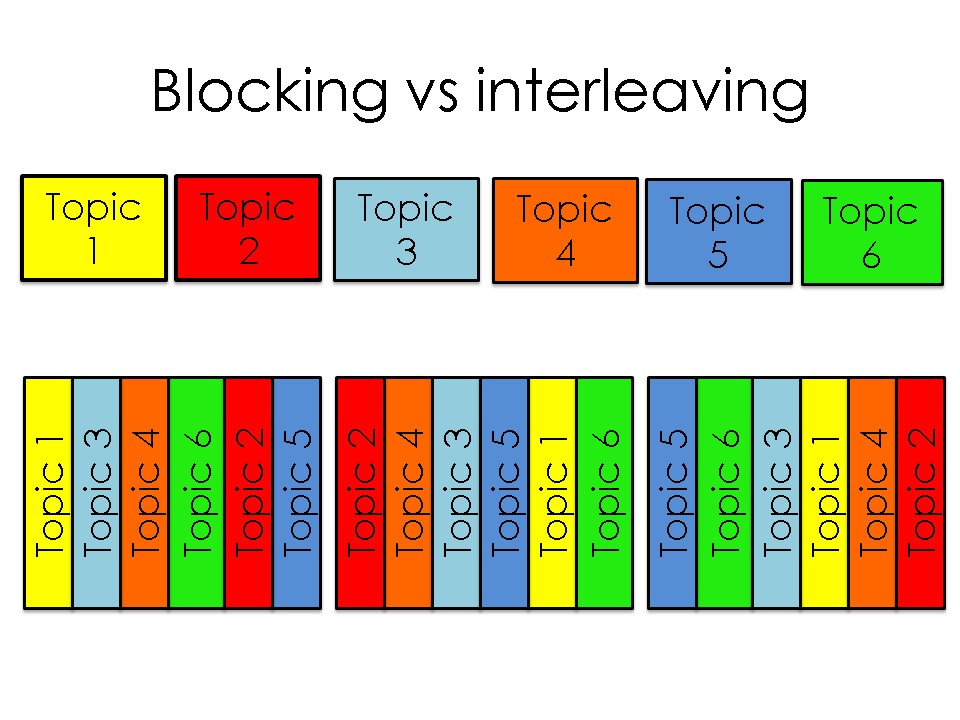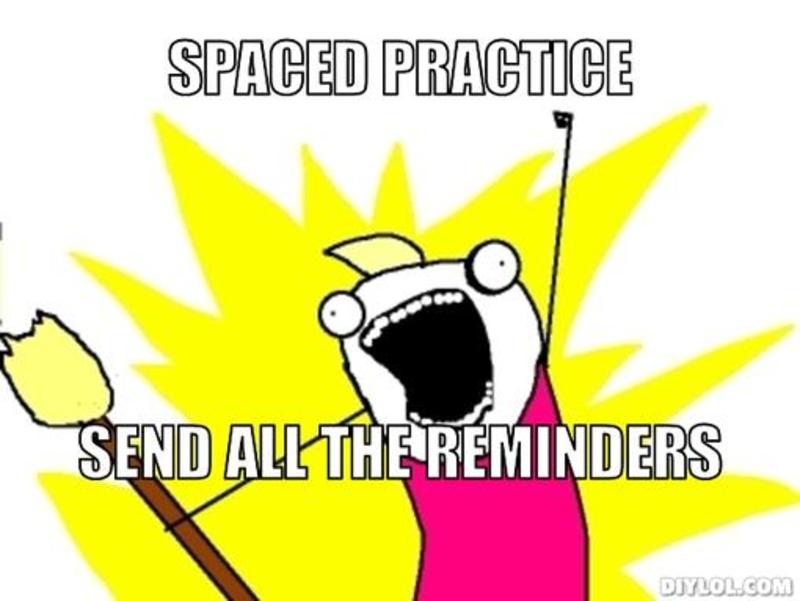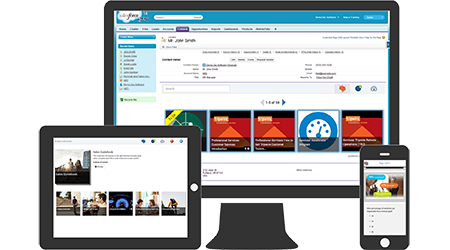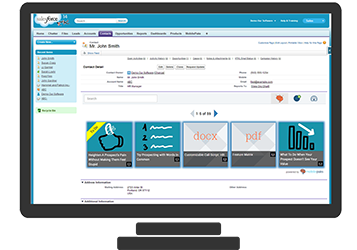Sales Training Materials for the Real World: What’s In It for the Sellers?
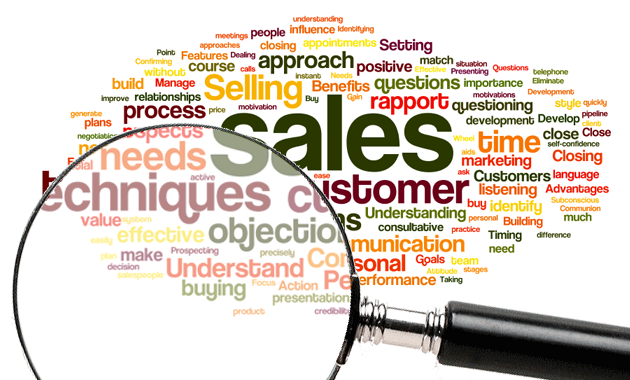 The question all sales trainers need to keep foremost in mind when creating training and support content is “How will this help the seller in the real world?”
The question all sales trainers need to keep foremost in mind when creating training and support content is “How will this help the seller in the real world?”
Because if you’re not asking yourselves that question, your trainees sure will. When trainers and managers tell sales reps to read fifty-page PDFs, attend seminars that span days, or undergo all-day testing, the materials need to make clear what’s in it for the seller, or the reality is, they’ll tune out.
Try these three tips on how to create training content that better engages sellers and prepares them for real selling situations:
-
Ensure the content is relevant and in-context
Making your sales reps sift through a portal with hundreds of files (some of which are probably outdated) pretty much guarantees they’ll try once, maybe twice before giving up. Your sales enablement solution should predictively recommend materials that are directly relevant to the prospect the rep is talking to and the stage of the sales cycle they’re in. -
Keep it short and sweet
Long-form, bulky content can easily overwhelm the seller’s working memory. Short bursts of information, ideally reinforced and refreshed at recurring intervals, are much easier to absorb and apply. -
Make it interactive
People learn better when they’re interacting with their material. Whether this means being creative, such as writing a script for a possible scenario, taking quizzes, or even watching a video of behavior they can model, it’s essential to engage your sales reps with the sales enablement content you’re providing.
Sales training materials that meet these three criteria will help transform them from tiresome obligations into assets that sellers will consult and depend on. And don’t under-estimate the power of good support content! It can have an immediate, concrete impact. Our customers have told us that the confidence boost from reviewing deal-specific information right before a call has helped their sellers hold better selling conversations—which in turn has resulted to better sales effectiveness and shorter sales cycles.
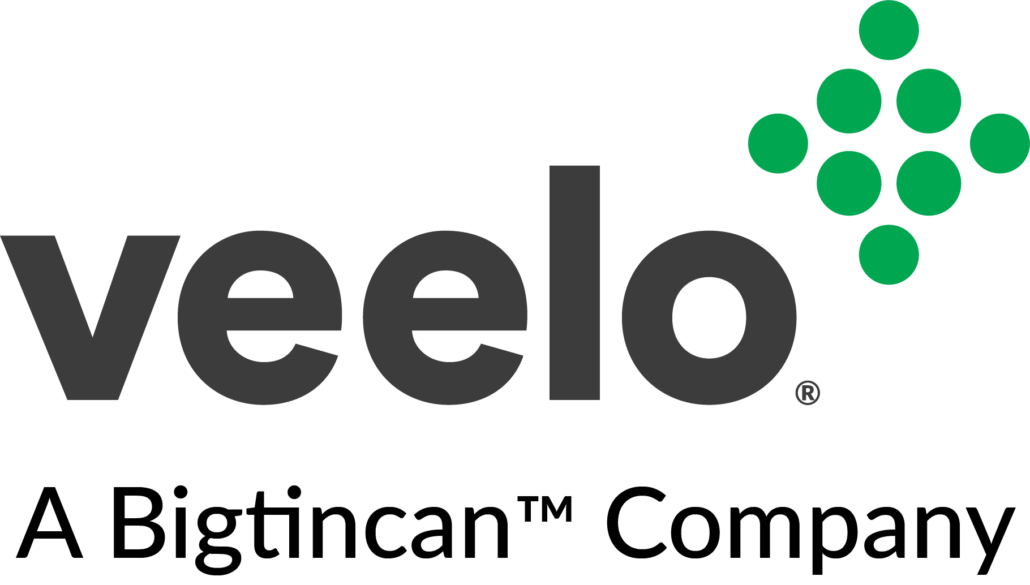
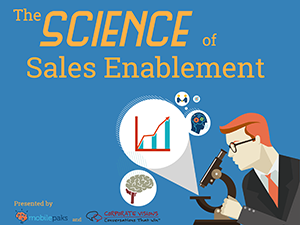 A lot of sales training right now just plain doesn’t work, because many programs rely on outdated methods and outright myths, while ignoring the science of how people learn. One of our missions is to show you how to deliver training that’s based on how sellers learn, remember and use information, because understanding the ways that people learn allows us to make intelligent, informed improvements.
A lot of sales training right now just plain doesn’t work, because many programs rely on outdated methods and outright myths, while ignoring the science of how people learn. One of our missions is to show you how to deliver training that’s based on how sellers learn, remember and use information, because understanding the ways that people learn allows us to make intelligent, informed improvements.